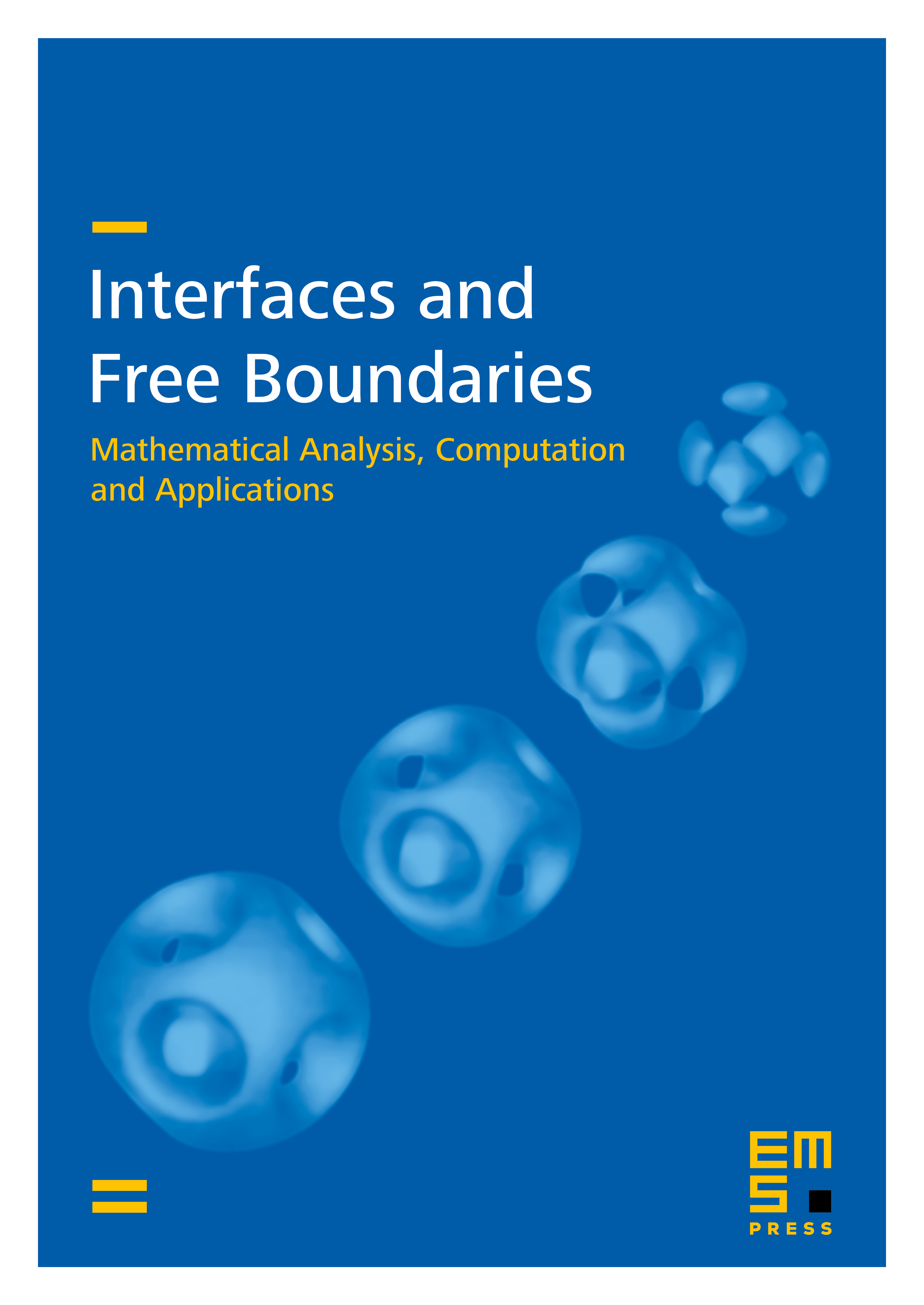The porous media equation in an infinite cylinder, between two infinite parallel plates, and like spatial domains
Brian H. Gilding
Kuwait University, Safat, KuwaitJan Goncerzewicz
Wrocław University of Technology, Wroclaw, Poland

Abstract
The porous media equation has played a prominent role in the current development of the mathematical theory of interfaces and free boundaries. One occurs whenever the equation is solved in an unbounded spatial domain with initial data that have bounded support, and its appearance is of relevance to the physical and biological phenomena that the equation models. For a number of commonly studied spatial domains, the large-time behaviour of a solution of the porous media equation and of the solution’s free boundary is known. The present paper is concerned with this topic for a class of spatial domains which includes an infinite and a semi-infinite strip in two-dimensional space, an infinite and a semi-infinite cylinder of arbitrary cross-section in three-dimensional space, certain subdomains of these domains, and, their higher dimensional analogues. The homogeneous Cauchy–Dirichlet problem with initial data that are locally integrable is considered. Dependent upon the dimensionality, it is shown that there is a universal pattern of convergence to a self-similar solution. Moreover, the large-time behaviour of the free boundary in every solution mimics that of the self-similar one. The results rely on the establishment of an invariance principle for solutions of the problem.
Cite this article
Brian H. Gilding, Jan Goncerzewicz, The porous media equation in an infinite cylinder, between two infinite parallel plates, and like spatial domains. Interfaces Free Bound. 18 (2016), no. 1, pp. 45–73
DOI 10.4171/IFB/356